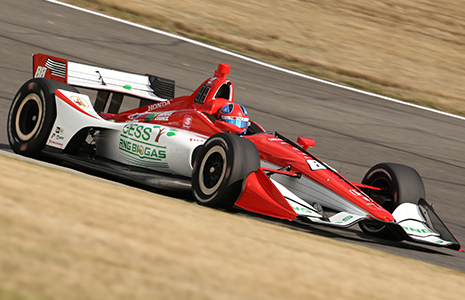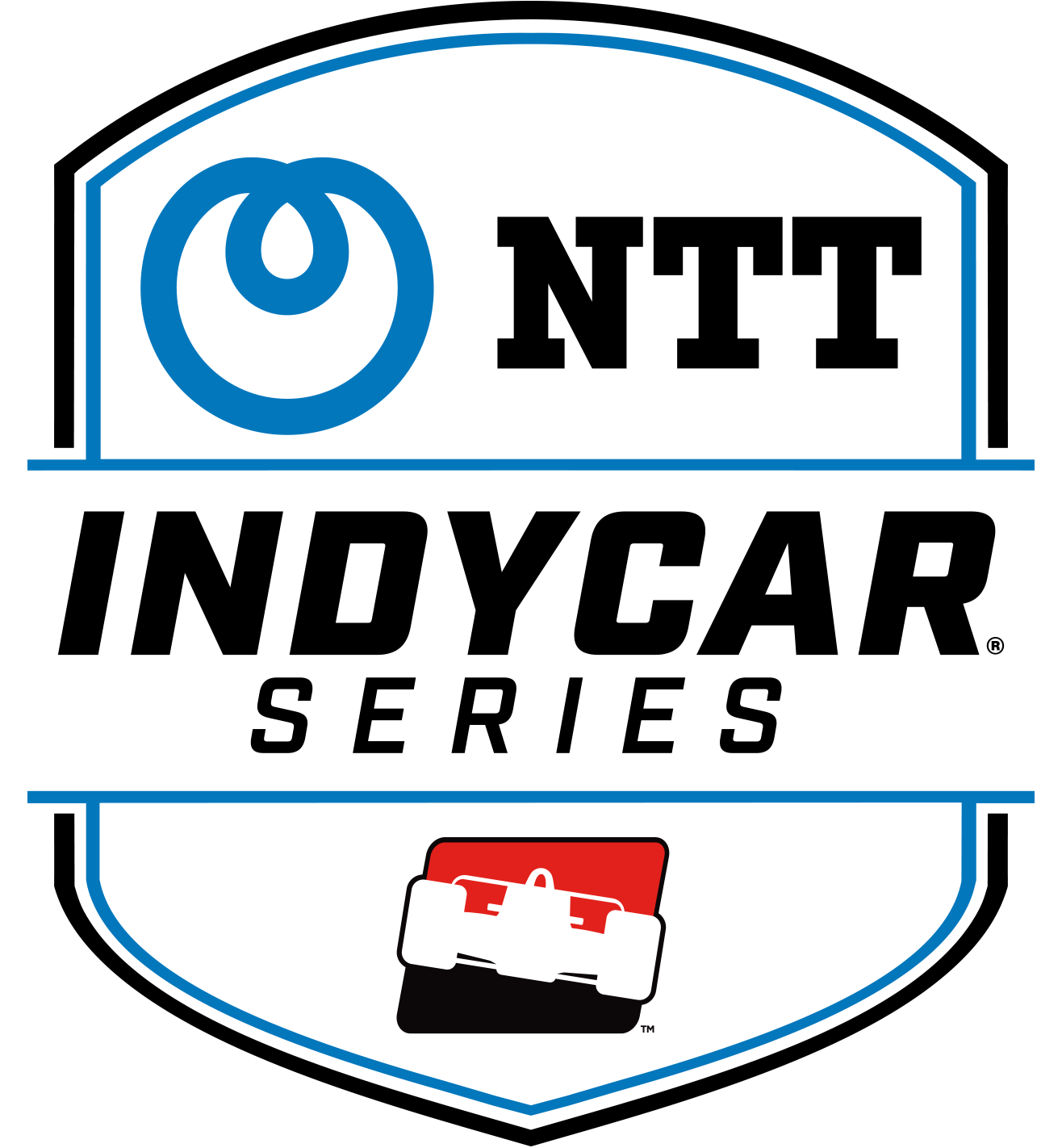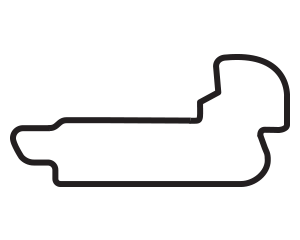Drivers coming to grips with unusual situation at Barber
APR 06, 2019
BIRMINGHAM, Alabama – Two theories emerged Friday during the two practice sessions for the Honda Indy Grand Prix of Alabama presented by AmFirst at Barber Motorsports Park:
1) The black-sidewall Firestone primary tires could be better this weekend than the alternate reds;
2) Whatever happens in Saturday’s NTT P1 Award qualifying, it’s bound to be close.
James Hinchcliffe recorded the fastest time of the day – a 1-minute, 8.9994-second lap around Barber’s 17-turn, 2.3-mile road course in the No. 5 Arrow Schmidt Peterson Motorsports Honda – but the talk afterward was a lack of balance and stability when the cars were shod with the red-sidewall tire.
“This afternoon was very weird,” Hinchcliffe said. “I made a couple of mistakes on my (primary tires) lap. I don't think that we were as high up before switching to reds as we would have liked or where we were capable of being, and then we threw on the reds, and the balance just fell apart. … I've never been so unhappy with the balance of my race car.”
Colton Herta, who had the second-fastest lap of the day driving the No. 88 GESS International Honda for Harding Steinbrenner Racing, also noticed the difficulties with the alternate tires, made with a softer rubber compound that typically – but not always – provides short-term better grip and lap times than the harder-compound primary tires.
“Hinch was the only one that I saw that actually got quicker on the reds, so I'm not really sure what's going on,” Herta said. “The reds felt kind of awkward for some reason. They didn't feel good at all. And I thought it was just me when I was out on track, but it looks like a general trend. I actually went half a second slower on reds, so it's definitely something to look at.”
Despite the uncertainty, lap speeds during the afternoon practice session for the third race of the NTT IndyCar Series season were astonishingly close. Hinchcliffe’s fast lap was just 0.0090 of a second better than Herta, and the gap between the five fastest laps – all set by Hondas driven by Hinchcliffe, Herta, Santino Ferrucci, Sebastien Bourdais and Alexander Rossi – was just 0.1146 of a second.
Considering how difficult and constantly changing the Barber layout is, the lack of space between competitors’ lap times proved surprising. Herta, who will try Sunday to replicate his record-setting March 24 victory at Circuit of The Americas, said being mistake-free at Barber is impossible.
 “You can never drive a perfect lap here,” said Herta, who at 18 years, 259 days became the youngest winner in Indy car history with the COTA victory. “It's so different. You could have a great setup and feel like you did a killer lap time and come in and be a half a second off. It's just that type of place. It's probably the toughest track that we go to. It's definitely the most technical for the driving style, and quite a bit different from COTA.”
“You can never drive a perfect lap here,” said Herta, who at 18 years, 259 days became the youngest winner in Indy car history with the COTA victory. “It's so different. You could have a great setup and feel like you did a killer lap time and come in and be a half a second off. It's just that type of place. It's probably the toughest track that we go to. It's definitely the most technical for the driving style, and quite a bit different from COTA.”
As unstable as the alternate reds felt for some drivers, the primary black tire felt the opposite for most. Usually, the softer alternate compound is stickier and faster but wears more quickly. On Friday, though, it was oddly out of sorts. Changing track conditions at NTT IndyCar Series road- and street-courses have made the primary the tire of choice on occasion over the years, so while Friday’s experience was rare, it wasn’t a total anomaly.
Several drivers, including each of the fastest five on Friday, had near-spin moments and off-road excursions during the two 45-minute sessions.
“It’s definitely slick out there,” said Zach Veach, who had the 13th-fastest lap among the field of 24 drivers. “We’re seeing things we haven’t really found at Barber before, especially on the reds.”
Some suggested that the alternates were reacting poorly to rubber laid down Friday by four support series, a common complaint when multiple series share the track during an event. Hinchcliffe’s Arrow SPM team, like most others, closely tracks how different tire manufacturers’ compounds affect the Firestone Firehawks used by the NTT IndyCar Series.
“In theory it should be the same (as last year), so it could be a function of track conditions, the various different rubbers on the track,” Hinchcliffe said. “Obviously there's a few more supporting series here than they've had in the past – at least different ones – so it's a combination of a lot of things. But obviously it caught everybody out. At a track with a bunch of long, fast corners, normally the reds were going to be significantly faster, and most guys didn't improve their times (on Friday).”
Herta’s hours in a simulator after the COTA win helped his Harding Steinbrenner Racing crew provide a solid baseline setup for Barber, but the unexpected tire twist could alter everything for qualifying and the race.
“It's going to be changing up the tire strategies and what people are going to be doing in practice compared to tires for qualifying and the race, but yeah, it's definitely a different situation,” Herta said. “I'm not sure what's going on, but it should be a mix-up. I'm extremely puzzled and kind of threw out my whole qualifying prediction on what tires we were going to run, and the whole plan of the weekend has changed.”
NTT P1 Award pole qualifying begins at 4 p.m. ET Saturday and airs live on NBCSN, NBCSports.com and INDYCAR Pass on NBC Sports Gold. A 45-minute pre-qualifying practice becomes all the more important and livestreams on INDYCAR Pass at 11:45 a.m. Saturday.
A 30-minute race-day warmup practice rolls off at 12:10 p.m. (livestream on INDYCAR Pass). Coverage of Sunday's 90-lap Honda Indy Grand Prix of Alabama begins at 4 p.m. on NBCSN, NBCSports.com and the NBC Sports app.
Live timing and scoring with Advance Auto Parts INDYCAR Radio Network commentary is available for all weekend sessions at RaceControl.IndyCar.com.






















